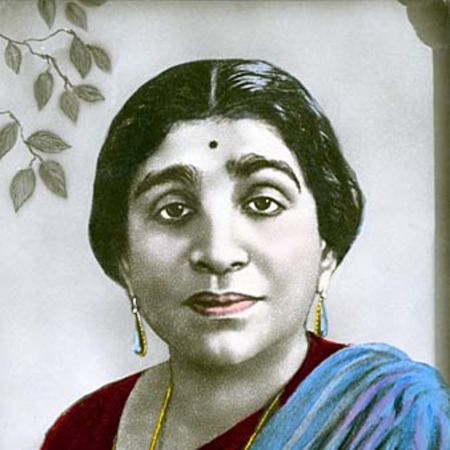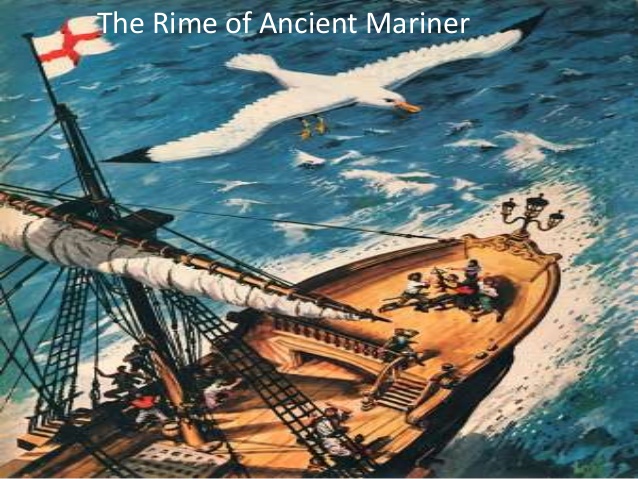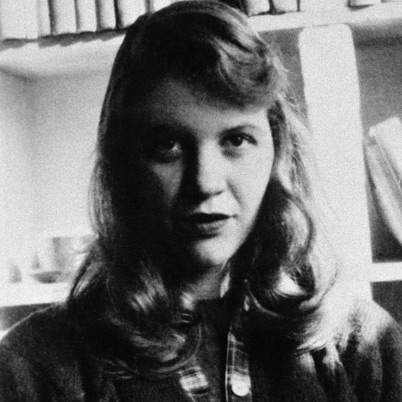This poem summary focuses on the poem ‘Lorelei’ by Sylvia Plath. This poem combines the confessional style of Plath with a myth of German origin, that of the water spirit called Lorelei who lures sailors with her breathtaking beauty and her enchanting voice, leading them to the perils of the rocky reefs of the Rhine. Both of these mix seamlessly to give the poem an air of mystery and poignancy.
The poem itself is composed of twelve stanzas, consisting of three lines each. In the first stanza, the speaker whom we identify with Plath herself, says that the night on which she is speaking is not a night to drown in. It is a beautiful night in fact, with the moonlight shining on the surface of the shimmering water. Such a calm description is not often encountered in Plath’s poetry. So very characteristically, Plath overturns this initial image by mentioning how the rest of the water that is beneath the surface is pitch black.
In the second stanza, Plath continues to describe the night. She says that water-mists are reaching the shore in a form similar to the light, gauzy material that goes into making fishermen’s nets. Then she explicitly states that all the fishermen are asleep at the time when the water-mists appear. By stating their absence, Plath is saying that the scrim-like effect of the water-mists is almost supernatural.
In the third stanza, Plath depicts how the turrets of a castle on the shore are being reflected by the moonlit water, and the water is so still that it resembles a mirror. However, once again, this kind of stillness and calmness are atypical of Plath’s poetry, and she disrupts it by introducing shapes that are rising up from the water. These shapes are the first evidence we have, in the poem, of the water spirits of German mythology known as Nixes. Lorelei is the most famous of the Nixes.
In the fourth stanza, Plath describes how the Nixes are rising up from the water with their arms and legs moving in a languorous and laboured fashion. In some versions of the German legend of Lorelei, she is uncomfortable with her beauty and regrets all the deaths that she has been the cause of. The slow movement of the limbs of the Nixes in Plath’s poem is perhaps because of this feeling of guilt and remorse at having caused unnecessary deaths.
In the fifth stanza, Plath compares the hair of the Nixes with sculptured marble. In making this comparison, Plath consigns them to the sphere of ancient folklore, and imagination. She acknowledges in a way that they are not real, but supernatural. Plath goes on to say that the Nixes’ song tells her of a world apart from her own, which is “more full and clear”. By contrast then Plath believes her world to be murky and confusing.
In the sixth stanza, Plath calls the Nixes her sisters. In this, she is admitting that her life is also unreal to some extent. Plath adds that their song is like a burden to the listeners of her own world, for it makes them realize that the kind of life they are living is incomplete and also unfulfilling.
In the seventh stanza, Plath describes her world being ably ruled. Since the legend of the Nixes is of German origin, this could be a reference to Germany, and to Hitler. Her father being German, Plath had always struggled to deal with the German extermination of Jews during the Holocaust. The fact that she was descended from this kind of heritage troubled her deeply. On the other hand, the “well-steered” country could also be a reference to patriarchy. The Nixes’ song of freedom would create a conflict in all women of the 60s who were torn between their role as wives and mothers, and their intense desire for financial emancipation by way of a job in the public sphere.
In the eighth stanza, Plath says that the voices of the Nixes haunt and possess all who hear them. Then, at such a late stage in the poem, Plath seems to enumerate the actual legend of Lorelei when she describes how Lorelei would sit on coastal reefs and call out to sailors. Crashing on these reefs was the nightmare of every sailor, but Lorelei assured them that no such thing would happen through her ethereal song.
In the ninth stanza, Plath describes how Lorelei’s song would signal to unsuspecting sailors that the rock on which she was sitting and singing was a safe place to land. Lorelei, she says, would sing in the daytime, and when she sang all the lethargy with which she arose from the depths of the water was gone. This shows that singing is the essence of Lorelei, and though she does not want to cause any deaths through her singing, she can’t help it.
In the tenth stanza, Plath says that Lorelei’s silence is worse than her song. Through her song, she may lead sailors on to the most perilous experiences imaginable, but for a minute at least, she calms their nerves. Her silence, on the other hand, has no such soothing effect and only creates anxiety. It is here that we first start to believe that Lorelei may stand for something other than herself, something bigger and far more terrifying. This shall be explored in detail in the poem analysis of ‘Lorelei’.
In the eleventh stanza, Plath speculates that what Lorelei does derives from where she comes from. The fact that her song is a trap is a result of the fact that she, too, has been trapped to the black depths of the sea.
In the twelfth and final stanza, Plath says that beneath the shimmering and silvery surface of the river she can see the Nixes whom she calls the “goddesses of peace”. This is ironic, for indeed their song is peaceful, but it goes on to destroy peaceful lives. Plath ends the poem by asking a stone to bear her weight down into the depths of the river with itself.
Some online learning platforms provide certifications, while others are designed to simply grow your skills in your personal and professional life. Including Masterclass and Coursera, here are our recommendations for the best online learning platforms you can sign up for today.
The 7 Best Online Learning Platforms of 2022
- Best Overall: Coursera
- Best for Niche Topics: Udemy
- Best for Creative Fields: Skillshare
- Best for Celebrity Lessons: MasterClass
- Best for STEM: EdX
- Best for Career Building: Udacity
- Best for Data Learning: Pluralsight
















